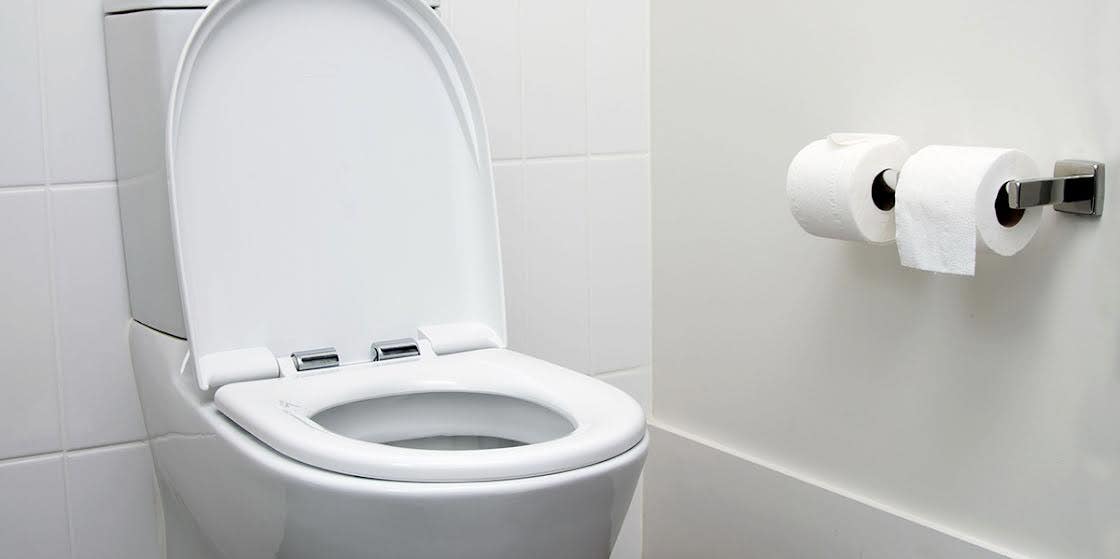How Your Own Poop May Cure Coronavirus
This is gross... but it might just work.
 George Mdivanian / 123RF
George Mdivanian / 123RF As researchers scramble to find new ways to slow the spread of coronavirus, there's no stone they're leaving unturned ... and apparently, that also applies to human excrement.
According to new discoveries made by scientists, human poop could actually be instrumental in helping with the second wave of COVID-19.
But how can poop help cure coronavirus (COVID-19)?
Here's everything you need to know.
Researchers have found that they're able to detect COVID-19 in stool samples.
According to what Newsha Gaeli from Biobot has said in an interview, they've recently discovered that patients who have tested positive for coronavirus are excreting the virus in their stool. By testing the stool, they can determine if someone has the virus — or, in the case of the studies they've been detecting, if many people in a certain area are infected.
This has led to the study of different sewer systems across the country.
As a company, Biobot is studying 300 sewer facilities across 40 states to gather information about where the virus is found, where they "measure the concentration of the virus, and then convert that concentration into an estimated number of cases in a given community," and at this point, it's helping them get a better idea of what the virus is currently doing in different areas around the US.
"That big picture estimation is very helpful in helping us understand how is the virus trending over time … do we see the amount of virus decreasing or increasing?" Gaeli said.
What they learn can help them learn about the spread in each community.
The information that Biobot is able to gather could help inform researchers on when a second wave of the virus is about to arrive so that people can better prepare themselves with stricter social distancing guidelines.
"We need a way to very easily and rapidly get a snapshot of what's happening at that aggregated city view," Gaeli said. "It's very important that we have a robust surveillance infrastructure in place to be able to detect any new outbreaks and immediately contain them, whether that means re-implementing social distancing."
RELATED: How Safe Is It To Order Takeout During Coronavirus?
Some people with coronavirus do experience gastrointestinal symptoms.
Though coronavirus mainly attacks the respiratory system, gastrointestinal symptoms have been reported in patients who have tested positive for the virus. But so far, there's no word if that has any effect on how easily it can be detected in stool — at this point, it sounds like they're able to detect the virus in the stool of those who have tested positive, regardless of what their symptoms were.
It doesn't seem as though the virus can spread through stool.
Even though the virus is detected in stool, it doesn't seem to be another avenue that it's transmitted — so far, we know that the virus can be caught via respiratory droplets. Fortunately, CDC infectious disease expert Jay Butler says that the evidence to show that COVID-19 is transmitted through poop just isn't there.
“There is not a lot of evidence of transmission through stools,” Butler has said. “I know at least one tabloid in the UK got a lot of coverage by someone speculating that Covid-19 could be spread by flatulence or, to quote the headline, by farting. There really is not a lot of science behind that.”
This isn't a foolproof method, though — at least, not yet.
While the sewer systems are proving to be a good way of tracking the spread of the virus, a scientist named Natalie Prystajecky says that this new method still isn't guaranteed to work as well as we might hope.
"What the end utility of this tool is, we still don't know … nobody's really done it in an active surveillance system yet," Prystajecky said. "I would caution people from using it as an absolute truth and recognizing that often with models, there can be a high degree of uncertainty. I would just want people to make sure that they understood the limitations of the data, as they interpret it."
Nicole Pomarico is an entertainment and lifestyle writer whose work has appeared in Cosmo, Us Weekly, Refinery29, and more.

